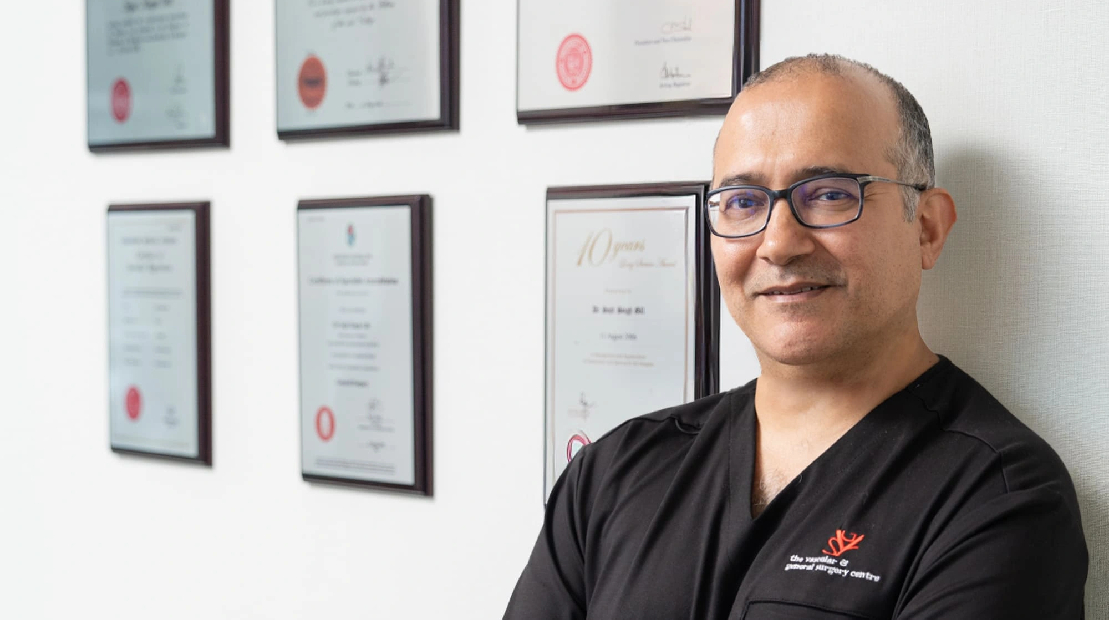Spider veins are fine, web-like lines that appear just beneath the skin’s surface. While often seen as a cosmetic issue, they can reflect underlying changes in circulation. Understanding why they form, where they occur, and the treatment options available is key to maintaining both skin appearance and vascular health.
What Are Spider Veins?
Spider veins, medically known as telangiectasias, are small, thin blood vessels visible just beneath the skin's surface. They typically appear in shades of red, blue, or purple, often resembling a spider's web, giving them their common name.
They are often caused by:
- Increased pressure in the veins
- Hormonal changes (especially in women)
- Genetics
- Prolonged standing or sitting
- Pregnancy or weight gain
While they are generally harmless, they can cause discomfort and lead to aesthetic concerns for many individuals.
Where Do Spider Veins Commonly Appear?
Spider veins can appear anywhere on the body, but they are most frequently found in specific areas due to factors like pressure, gravity, and skin exposure. According to spider vein specialists, they most often appear in the following areas:
1. Legs (Thighs, Calves, Ankles)
This is the most common area, largely due to the impact of gravity and prolonged standing. Over time, vein valves in the legs can weaken, leading to blood pooling.
2. Face (Cheeks, Nose, Chin)
Spider veins on the face are especially prevalent in individuals with fair skin or those who suffer from rosacea. Factors like sun exposure and alcohol consumption can also aggravate them in these areas.
3. Abdomen and Chest
The appearance of spider veins on the abdomen and chest is often linked to hormonal changes or underlying conditions like liver disease. In women, spider veins in these areas can develop postpartum.
4. Back of Knees
The skin in this region is particularly prone to spider veins due to valve pressure and often limited venous return in the area.
How Are Spider Veins Treated?
Doctors usually recommend a range of treatment options depending on severity, location, and patient preferences. These include:
1. Sclerotherapy
Sclerotherapy involves injecting a saline or chemical solution directly into the affected spider veins. This solution causes the vein to scar and close off, leading to its gradual fading from view as the body reabsorbs it. This treatment is often ideal for spider veins located on the legs and for addressing larger spider veins.
2. Laser Therapy
Laser therapy is a non-invasive, light-based treatment designed to target superficial spider veins. The laser works by heating the affected vein, causing it to collapse and gradually fade. This method is particularly ideal for treating facial spider veins and other smaller veins located close to the skin's surface.
3. Compression Therapy
Compression therapy involves wearing specialised compression stockings that apply consistent pressure to the legs. This method works by improving blood flow and reducing pressure within the veins, which in turn helps prevent existing spider veins from worsening and promotes healing after other treatments. It is an ideal option for ongoing management, particularly for spider veins in the lower limbs.
4. Veinwave Therapy
Veinwave therapy is a high-frequency thermocoagulation technique where a fine probe delivers microwave energy to precisely close off the targeted vein. This method is particularly ideal for treating spider veins in delicate areas like the face.
How Can Spider Veins Be Prevented?
While some risk factors for spider veins, like genetics, cannot be controlled, several lifestyle modifications can significantly help in their prevention or slow their progression:
- Maintain a healthy weight: Excess weight puts additional pressure on your veins, especially in the legs.
- Elevate your legs regularly: Raising your legs above your heart for short periods each day helps improve blood circulation and reduce venous pressure.
- Avoid prolonged sitting or standing: If your job or lifestyle requires long periods in one position, take frequent breaks to move around, stretch, or walk to encourage blood flow.
- Protect skin from sun damage: Excessive sun exposure, particularly on the face, can damage blood vessels and contribute to the development of spider veins. Use sunscreen and protective clothing.
- Use compression stockings during travel or pregnancy: These can help support your veins and improve circulation during periods of increased risk.
Why Consult a Vascular Specialist
While over-the-counter creams and lifestyle changes can help manage symptoms, they do not eliminate existing spider veins. Consulting a vascular surgeon such as Dr Sujit Singh Gill provides access to tailored, clinically-proven treatment plans.
At The Vascular & General Surgery Centre, Dr Gill employs advanced diagnostic tools, including duplex ultrasound scanning, to evaluate underlying venous insufficiency. Identifying and treating these root causes helps improve outcomes and reduce the chances of spider veins returning after treatment. Call us at +65 6736 2302 to schedule an appointment.




